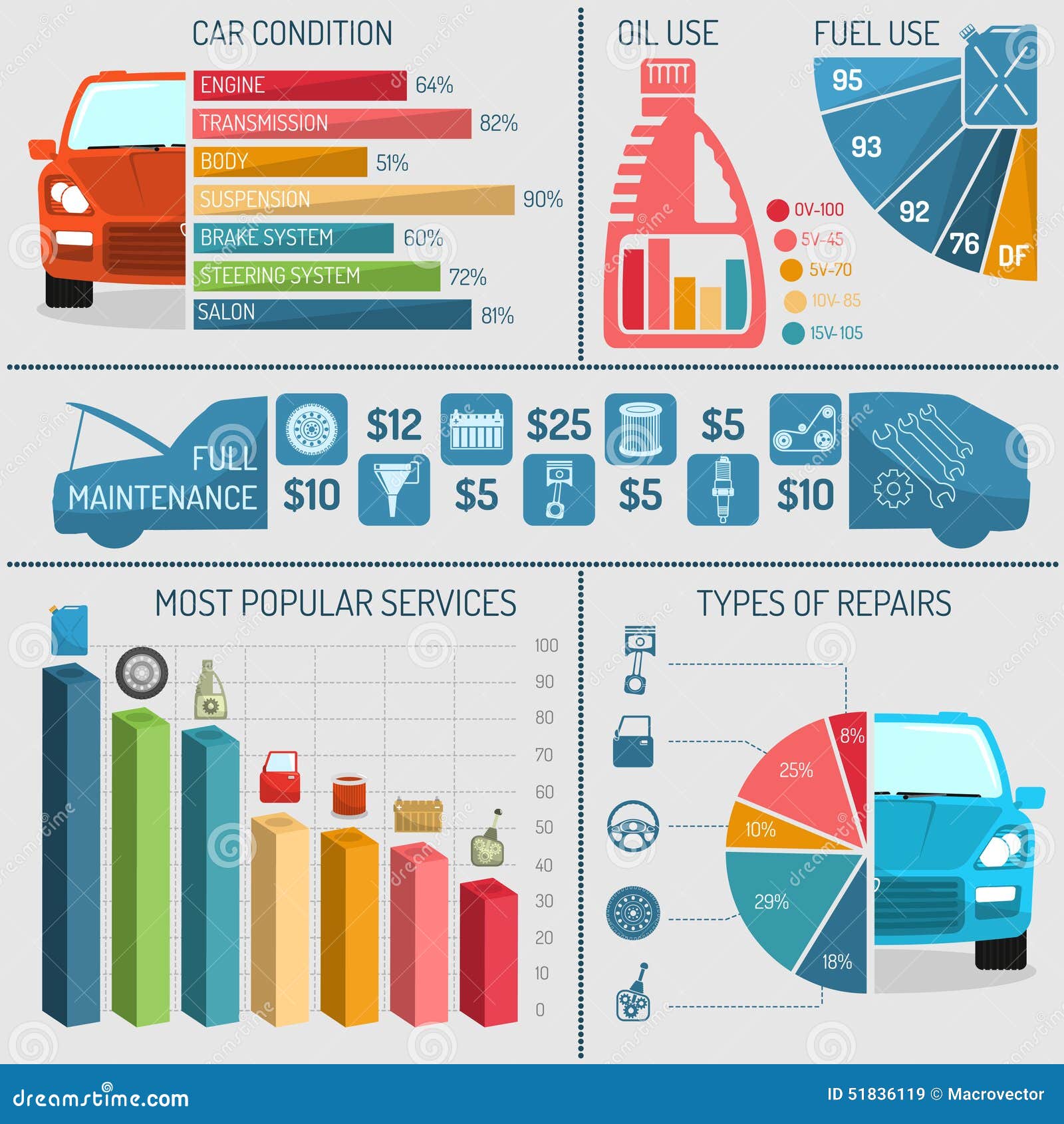Grasping The Importance Of Your Automobile'S Warning Signals: What They Really Represent
Grasping The Importance Of Your Automobile'S Warning Signals: What They Really Represent
Blog Article
Short Article Created By-Lim Winters
When you're behind the wheel, those radiant caution lights on your control panel can be a little bit complicated. Do you recognize what they're trying to inform you about your vehicle's wellness? Comprehending the significance of these lights is essential for your security and the longevity of your automobile. So, the next time among those lights pops up, wouldn't you wish to decode its message precisely and take the needed steps to resolve it?
Common Warning Lighting and Interpretations
Identify common caution lights in your cars and truck and comprehend their definitions to guarantee risk-free driving.
One of the most typical warning lights consist of the check engine light, which signifies problems with the engine or emissions system. If this light comes on, it's vital to have your automobile examined quickly.
The oil pressure alerting light suggests reduced oil stress, needing prompt attention to stop engine damages.
A blinking battery light might suggest a damaged charging system, potentially leaving you stranded otherwise dealt with.
The tire stress monitoring system (TPMS) light notifies you to reduced tire pressure, influencing lorry stability and gas efficiency. Neglecting read more can lead to unsafe driving conditions.
The abdominal muscle light indicates an issue with the anti-lock braking system, jeopardizing your ability to quit swiftly in emergencies.
Finally, the coolant temperature cautioning light warns of engine overheating, which can lead to severe damage otherwise dealt with quickly.
Recognizing these common caution lights will assist you address issues promptly and keep safe driving problems.
Relevance of Prompt Focus
Understanding the common warning lights in your automobile is only the very first step; the relevance of quickly addressing these warnings can't be emphasized sufficient to ensure your safety on the road.
When a caution light illuminates on your control panel, it's your car's way of connecting a possible concern that needs attention. Neglecting these warnings can lead to a lot more extreme issues in the future, jeopardizing your security and potentially costing you much more out of commission.
Motivate focus to warning lights can stop malfunctions and mishaps. As an example, a blinking check engine light can indicate a misfire that, if left unattended, can create damage to the catalytic converter. Resolving this without delay can conserve you from a costly repair work.
Similarly, a brake system warning light might indicate low brake fluid or used brake pads, important components for your security when driving.
DIY Troubleshooting Tips
If you see a warning light on your control panel, there are a few DIY fixing pointers you can try before seeking professional assistance.
The first step is to consult your automobile's guidebook to comprehend what the particular caution light indicates. Occasionally the concern can be as basic as a loosened gas cap activating the check engine light. Tightening up the gas cap might resolve the issue.
An additional typical issue is a reduced battery, which can set off various cautioning lights. Checking the battery links for corrosion and guaranteeing they're safe could fix the problem.
If a warning light persists, you can try resetting it by detaching the car's battery for a few minutes and after that reconnecting it. Furthermore, checking your automobile's fluid degrees, such as oil, coolant, and brake fluid, can help fix cautioning lights related to these systems.
Conclusion
To conclude, understanding your auto's warning lights is vital for keeping your car running smoothly and securely. By without delay attending to these alerts and recognizing what they imply, you can prevent costly repair work and prospective failures.
Remember to consult your cars and truck's handbook for certain details on each alerting light and do something about it appropriately to ensure a hassle-free driving experience.
Keep notified, remain secure when driving!
